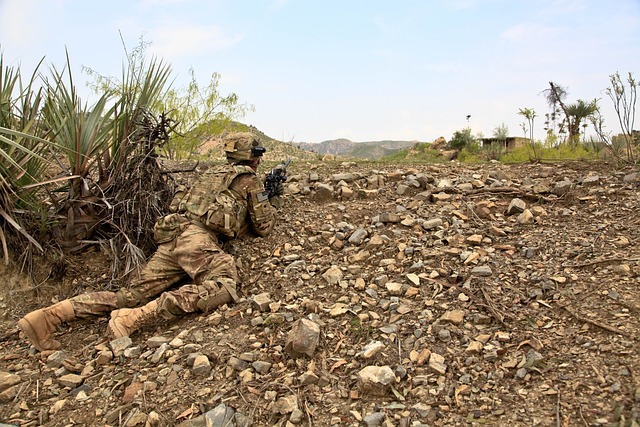
The 101st Airborne Division Flag is a symbol deeply rooted in American military history and culture, representing the dual mission of peacekeeping and readiness for conflict. Adopted in 1956, it embodies the courage, excellence, and core values of agility, innovation, and commitment that define the division. The flag has been present during significant battles such as World War II's Operation Market Garden, the Vietnam War, and operations in Afghanistan and Iraq, standing as a testament to the division's storied legacy and inspiring new generations. It encapsulates the division's ethos through its design—an eagle holding a dagger and an olive branch—and the motto "Currahee!" which means "stand alone." Beyond military service, the flag has become a cultural icon, appearing in films, television, fashion, and sports, and serving as a symbol of bravery and sacrifice in various social movements. It illustrates how military symbols can transcend their original purpose to become universally recognized emblems of courage, unity, and resilience within American society.
The 101st Airborne Division Flag stands as a testament to bravery and a marker of American military history, encapsulating the division’s storied legacy through its symbolic emblems. This article delves into the rich tapestry of Army insignia and heraldry, with a particular focus on the iconic flag of the 101st Airborne. From its historical evolution to the modern applications that continue to influence popular culture, each thread in this complex narrative reveals layers of meaning and tradition. Join us as we explore the elements that make up the 101st Airborne Division Flag, their origins, and the impact they have had on military identity and beyond.
- The Symbolism of the 101st Airborne Division Flag: A Legacy of Courage and Excellence
- Historical Evolution: The Evolving Emblems of the 101st Airborne's Heraldry
- Anatomy of Army Insignia: Breaking Down the Elements of the 101st Airborne Flag
- Modern Applications and Cultural Impact: The Enduring Presence of the 101st Airborne Division Flag
The Symbolism of the 101st Airborne Division Flag: A Legacy of Courage and Excellence
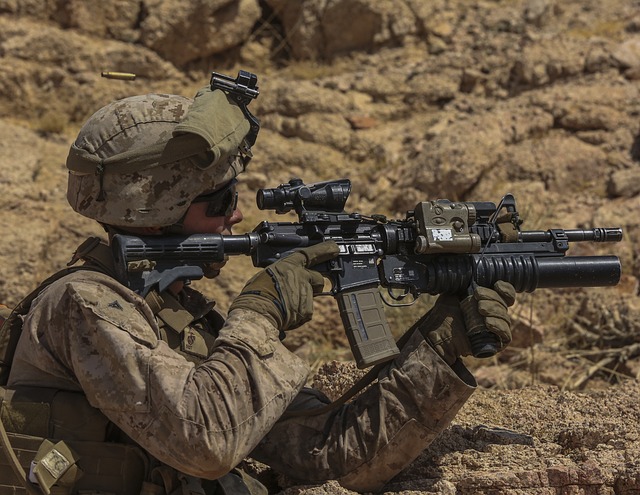
The 101st Airborne Division Flag, a symbol deeply rooted in American military history, encapsulates the indomitable spirit and storied legacy of the division it represents. Emblazoned with an eagle clutching a dagger and olive branch, the flag reflects the dual nature of peace and readiness for conflict—a testament to the division’s commitment to both maintaining global stability and responding decisively when necessary. The olive branch signifies peace, while the eagle holding a dagger symbolizes preparedness for war, representing the balance between diplomacy and military action that the 101st Airborne Division has historically upheld. This emblem, officially adopted in 1956, has become synonymous with courage and excellence, encapsulating the division’s ethos of agility, innovation, and unwavering resolve.
Throughout its history, the 101st Airborne Division Flag has been a rallying point for soldiers who have distinguished themselves in various conflicts, including notable campaigns such as Operation Market Garden during World War II, the Vietnam War, and more recent missions in Afghanistan and Iraq. The flag’s symbolism transcends mere decoration; it is a tangible representation of the division’s values and achievements. Each element serves as a reminder to members of the 101st Airborne Division of their forebears’ sacrifices and the high standards they are expected to uphold. As a living emblem, the flag continues to inspire new generations of soldiers who carry on the division’s legacy of service with honor and distinction.
Historical Evolution: The Evolving Emblems of the 101st Airborne's Heraldry
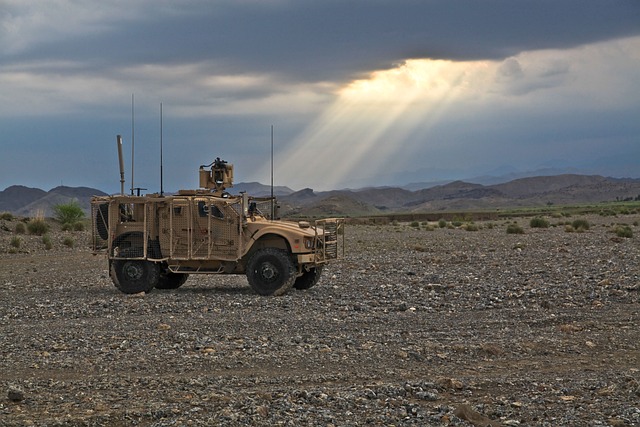
Anatomy of Army Insignia: Breaking Down the Elements of the 101st Airborne Flag
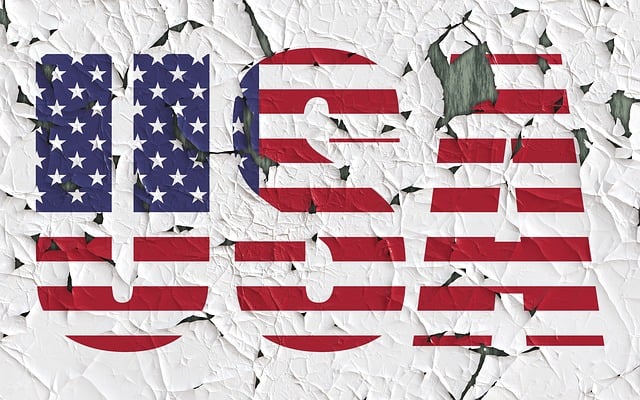
The 101st Airborne Division Flag serves as a visual embodiment of the storied history and valor of the United States’ elite paratrooper infantry division, the 101st Airborne. This flag is a critical component of the unit’s identity, encapsulating its ethos and lineage through distinct heraldic elements. The flag’s design is meticulously crafted to convey the division’s motto “Currahee!”—a word derived from the Cherokee language meaning “stand alone”—symbolizing the division’s readiness to face challenges independently. Central to the flag’s anatomy is the emblem of a paratrooper with an open umbrella, representing the division’s specialization in airborne operations. The paratrooper’s determined stance and outstretched canopy reflect the unit’s commitment to rapid deployment and strategic surprise. Encircling this emblem are two laurel wreaths, traditionally a symbol of victory and honor, which frame the division’s motto. Beneath the emblem, the flag features the year 1943, marking the division’s official activation during World War II, and the words “All the way!” which underscore the division’s dedication to its missions without reservation. Each element of the 101st Airborne Division Flag is carefully chosen to honor the division’s legacy, inspire current members, and inform the public of the unit’s proud tradition and indomitable spirit. The flag’s heraldry stands as a testament to the 101st Airborne’s ongoing commitment to the principles of courage, loyalty, and patriotism.
Modern Applications and Cultural Impact: The Enduring Presence of the 101st Airborne Division Flag
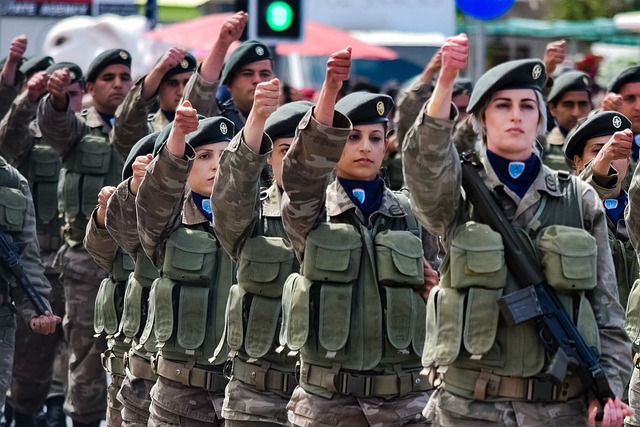
The 101st Airborne Division Flag, a symbol of rapid response and valor, has transcended its military origins to become a cultural icon in various modern applications. Originally designed to represent the elite status and swift deployment capabilities of the U.S. Army’s 101st Airborne Division during World War II, the flag has since been adopted beyond the realm of tactical operations. Its enduring presence is evident in contemporary media, where it appears in films and television shows as a shorthand for military service and American heroism. This iconic emblem has also been incorporated into fashion, adorning everything from casual wear to high-fashion designs, symbolizing a sense of strength and commitment.
Moreover, the 101st Airborne Division Flag’s significance is not confined to visual representation; it has permeated popular culture as a motif that evokes bravery and sacrifice. It serves as a rallying point for sports teams, particularly those with military affiliations, and is often seen at events to inspire athletes and fans alike. The flag’s presence in social movements and campaigns that honor veterans and active duty personnel further underscores its role as a cultural touchstone. Its widespread use across different platforms signifies the profound impact of the 101st Airborne Division’s legacy, demonstrating how military symbols can become a shared heritage that resonates with broader societal values of courage, unity, and resilience.
The rich tapestry of the 101st Airborne Division’s heraldry and insignia, encapsulated in the flag’s design, stands as a testament to the division’s storied history and indomitable spirit. From its historical roots to its modern-day applications, the 101st Airborne Division Flag has cemented its place not only within military culture but also in the annals of American iconography. Its symbolism transcends the battlefield, influencing everything from fashion to film, and serves as a reminder of courage and excellence. As this exploration of its evolution and significance comes to a close, it is clear that the flag’s anatomy carries profound meaning for those who understand its elements. This understanding ensures that the legacy of the 101st Airborne Division continues to inspire and resonate with each new generation.





